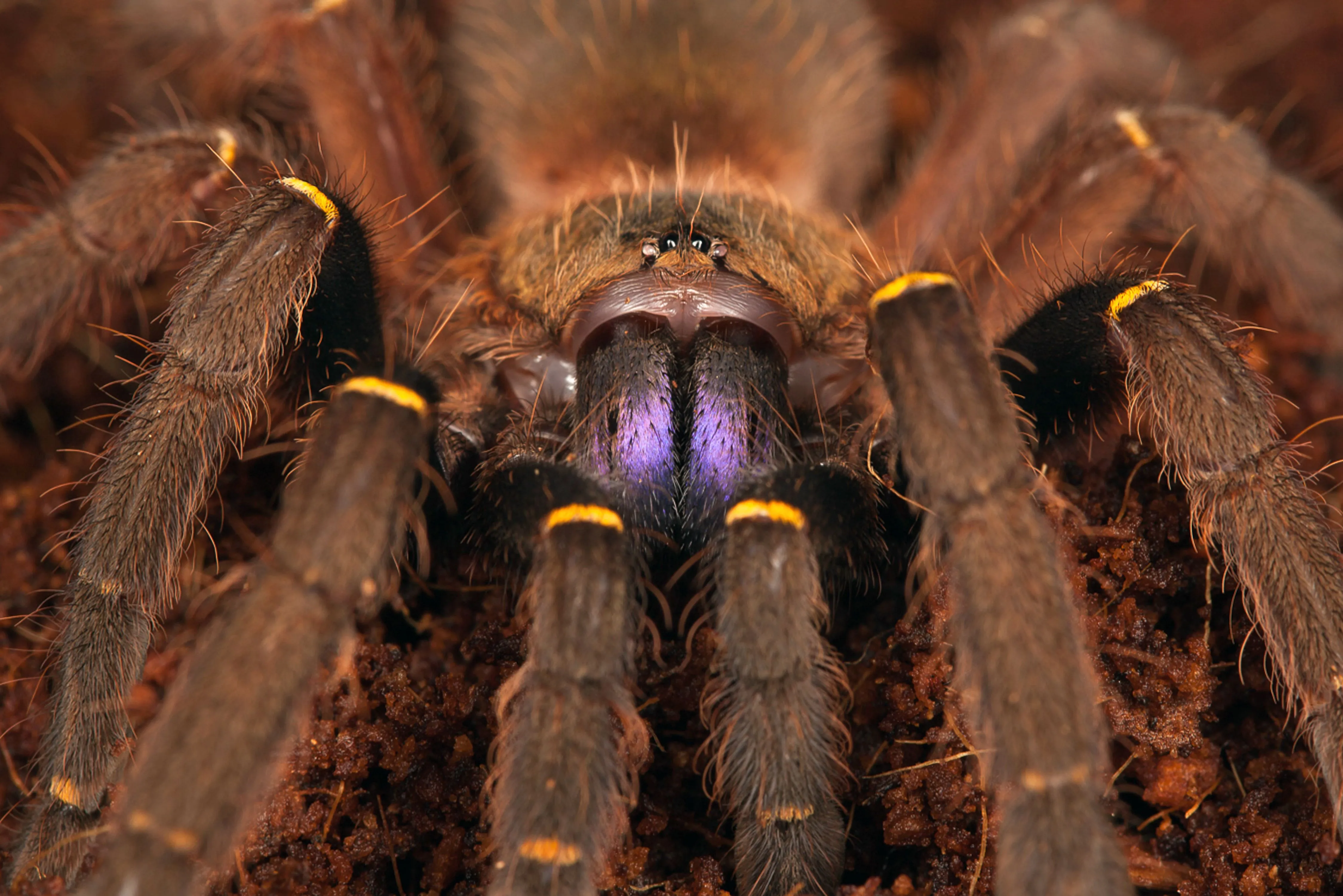Tarantula Care: 5 Must-Know Tips
Tarantulas, with their impressive size and intriguing behaviors, have become increasingly popular pets. However, owning a tarantula is a significant responsibility, and understanding their specific needs is crucial for their health and well-being. This comprehensive guide provides five must-know tips for tarantula care, covering everything from choosing the right species to safe handling practices. By following these guidelines, you can ensure that your tarantula thrives in a safe and enriching environment, making your experience as a tarantula owner both rewarding and enjoyable. Whether you’re a first-time owner or looking to refine your care techniques, this guide will equip you with the knowledge necessary to provide optimal care for your eight-legged companion.
Choosing the Right Tarantula
The first step in successful tarantula care is selecting the right species. Different tarantulas have varying temperaments, care requirements, and sizes. Some species are better suited for beginners, while others require more experience and specialized care. Researching different species helps you make an informed decision and choose a tarantula that matches your lifestyle and ability to provide for its needs. This ensures a positive experience for both you and your new pet. Consider the tarantula’s potential size, lifespan, and specific needs when making your choice. Popular beginner-friendly species include the Chilean Rose Hair and the Pinktoe tarantula, known for their docile nature and relatively straightforward care requirements.
Consider Your Experience Level
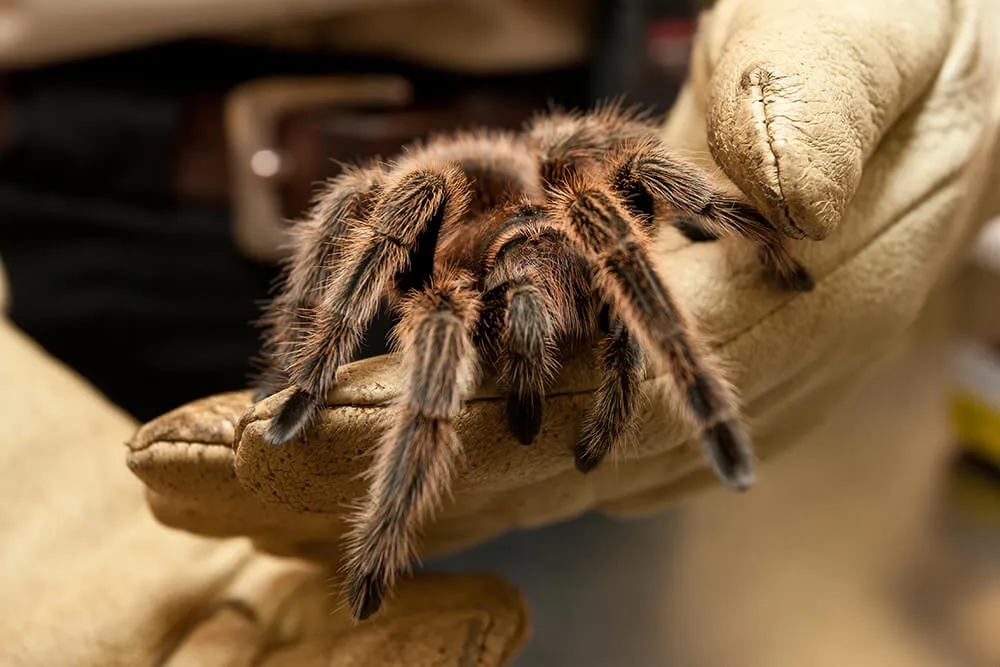
Before acquiring a tarantula, honestly assess your experience with exotic pets. Some species are more forgiving of beginner mistakes, while others demand a higher level of expertise. If you’re new to tarantulas, start with a less demanding species. These tarantulas are often more tolerant of fluctuations in humidity or temperature and have less complex dietary needs. As you gain experience and confidence, you can consider more advanced species. Researching the temperament and care requirements of each species will help you make an informed decision about which tarantula is right for you. This careful consideration will contribute to a more rewarding and successful experience with your new pet tarantula.
Research Different Tarantula Species
Once you’ve determined your experience level, delve into research. Websites, books, and experienced keepers are valuable resources. Learn about the specific needs of various tarantula species. This includes their preferred habitat, dietary requirements, and typical behavior. Understanding these aspects is crucial for providing proper care. Learn about the tarantula’s origin, typical size, and potential temperament. Some species are more defensive and prone to biting or flicking urticating hairs. By taking the time to learn about your chosen species, you can create a comfortable and safe environment for your new pet, and you will be better equipped to provide the best possible care for your tarantula. This initial investment in learning will significantly enhance your ability to provide the correct care for your tarantula.
Selecting a Healthy Tarantula
When choosing a tarantula, ensure you select a healthy individual. This proactive approach can help avoid potential health issues down the line. Observing the tarantula’s behavior and physical condition is critical. A healthy tarantula should be active, alert, and responsive to its environment. Avoid specimens that appear lethargic or show signs of distress. Examine the tarantula for any visible injuries or abnormalities. Be cautious about buying tarantulas from unreliable sources, as these may not adhere to appropriate husbandry practices. Always prioritize the tarantula’s well-being by selecting a robust and healthy specimen. This will increase your chances of a fulfilling and rewarding experience with your tarantula pet.
Look for Active Tarantulas
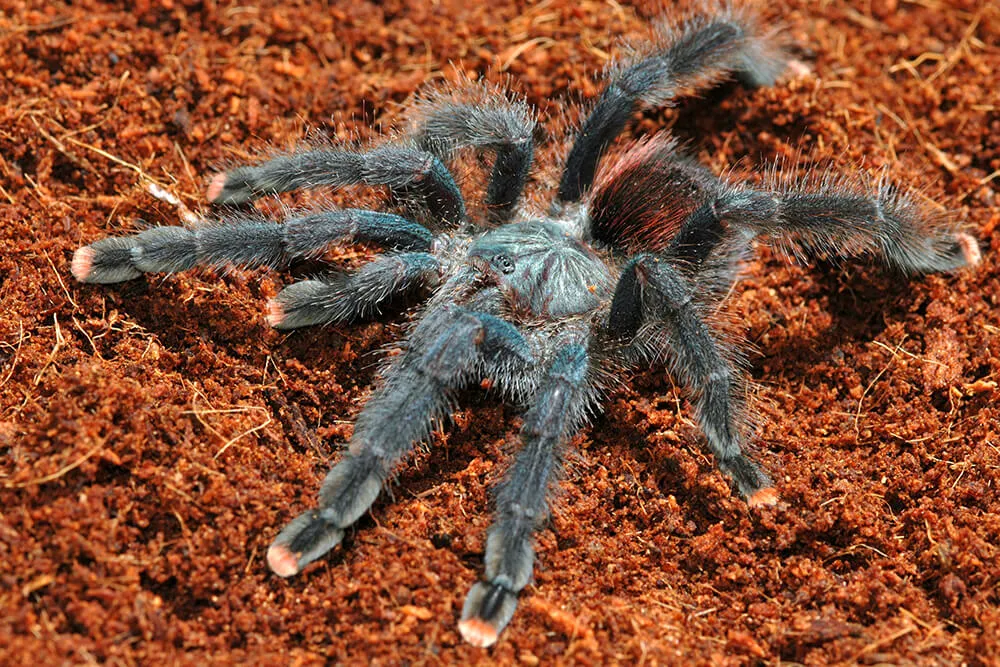
An active tarantula indicates a healthy specimen. Observe its movement and response to stimuli. A healthy tarantula should readily move around its enclosure. A tarantula that appears sluggish or unresponsive may be ill or stressed. Active tarantulas are also more likely to feed and engage in natural behaviors. This includes exploring their enclosure and constructing burrows or webs. Inactive tarantulas may have underlying health issues. Always ensure that the tarantula you select exhibits normal behaviors for its species. Look for a tarantula that moves freely, responds to its surroundings, and shows interest in exploring its environment. Choosing an active tarantula is a crucial step toward guaranteeing its well-being.
Check for Complete Limbs
Examine the tarantula for any missing or damaged limbs. Tarantulas, like other arthropods, can regenerate lost limbs over several molts, but injuries can still indicate a problem. Look closely to ensure all legs and pedipalps are present and intact. Missing or damaged limbs can impede the tarantula’s ability to move and feed. While minor injuries may not be a major concern, they can indicate a less-than-ideal living environment. It can also point to other issues such as aggressive tank mates. Be sure to select a specimen with complete limbs to maximize its quality of life. Examining the tarantula closely allows you to spot any red flags early and will greatly improve your ability to have a healthy tarantula.
Tarantula Enclosure Essentials
Providing the correct enclosure is vital for a tarantula’s well-being. The habitat should mimic the tarantula’s natural environment. A well-designed enclosure helps regulate temperature and humidity. It also offers a secure and stimulating space. Research the specific needs of the tarantula species you choose. Consider factors like size, arboreal or terrestrial habits, and burrowing behavior. A proper enclosure reduces stress and allows the tarantula to thrive. Investing in the right setup will significantly improve the quality of life for your pet. The appropriate enclosure is one of the foundations of successful tarantula keeping. The enclosure’s design will impact your tarantula’s overall health and happiness.
Size and Type of Enclosure

The enclosure’s size should be appropriate for the tarantula’s size and growth rate. Too small, and the tarantula will feel cramped. Too large, and it may struggle to find food or feel secure. The enclosure’s type depends on the tarantula’s species. Terrestrial species typically require a larger floor space, while arboreal species need more vertical space. Make sure the enclosure is escape-proof. Ensure that the lid fits securely. Also ensure that there are no gaps where the tarantula could squeeze through. Research the adult size of your tarantula species. This will help you plan for a suitable enclosure. This will ensure that your tarantula has enough room to move around. This is a crucial factor for their overall well-being.
Substrate and Decoration
The substrate, or bedding, is essential for the tarantula’s comfort and well-being. It should be chosen based on the tarantula’s needs. Use a substrate appropriate for its natural environment. For example, a mix of peat moss, coconut fiber, and vermiculite works well for many terrestrial species. Arboreal species may benefit from a substrate that helps them climb and build their webs. Decorations, such as branches, cork bark, and artificial plants, add visual interest and provide hiding places. Make sure all decorations are secure and non-toxic. The right substrate and decorations will enrich the tarantula’s habitat and enhance its natural behaviors. It will also help regulate humidity levels, contributing to your pet’s overall health. This thoughtful setup will significantly improve your tarantula’s well-being.
Temperature and Humidity
Tarantulas are ectothermic, meaning they rely on their environment to regulate their body temperature. Maintain the appropriate temperature and humidity levels for your tarantula’s species. Use a thermometer and hygrometer to monitor the enclosure. Most tarantulas thrive at temperatures between 75-85°F (24-29°C). Humidity levels vary depending on the species. Research the needs of your specific species. Use a heat source, such as a heat mat or ceramic heat emitter, to maintain the correct temperature. Mist the enclosure with water to increase humidity. Proper temperature and humidity are essential for your tarantula’s health. This helps with molting and overall vitality. This careful control of the environment will allow your tarantula to thrive.
Proper Tarantula Feeding
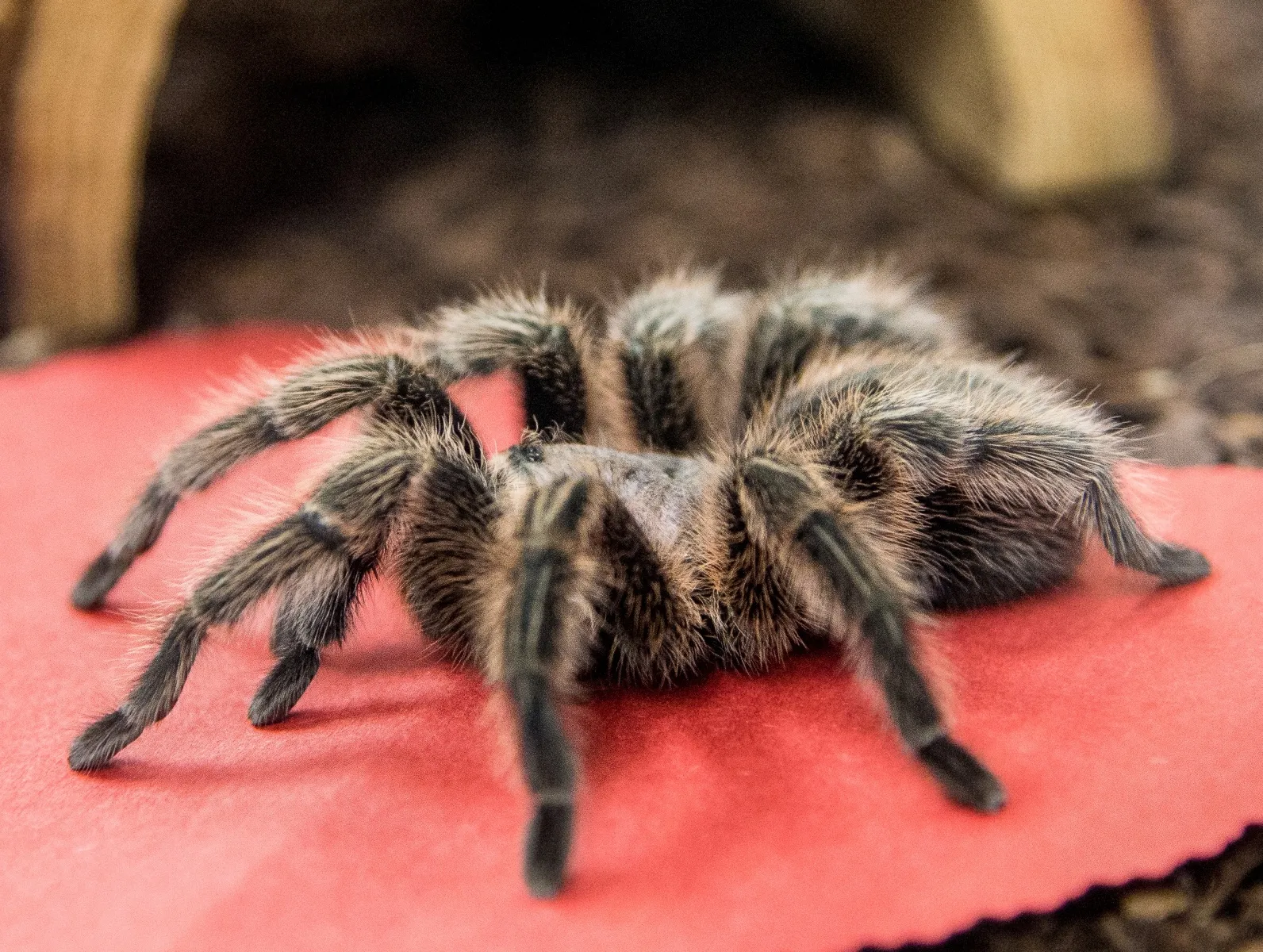
Feeding your tarantula properly is crucial for its health. Tarantulas are carnivores and should be fed a diet of insects. The type and size of the insects depend on the tarantula’s size and species. It’s important to provide a varied diet. This can include crickets, mealworms, roaches, and other appropriately sized insects. It’s essential to observe your tarantula’s feeding habits. You should also monitor the condition of its abdomen. A well-fed tarantula will have a plump abdomen. Overfeeding can lead to health problems, while underfeeding can cause stress. Providing the right diet contributes to the overall health and well-being of your tarantula. Careful attention to feeding habits will lead to a happy tarantula.
Feeding Frequency
The frequency of feeding depends on the tarantula’s age, size, and metabolism. Spiderlings and juveniles should be fed more frequently than adults. Young tarantulas may eat one or two small insects every few days. Adult tarantulas typically eat one or two insects per week or even less. Monitor your tarantula’s abdomen to determine whether it is adequately fed. A well-fed tarantula will have a plump abdomen. If the abdomen appears shrunken, you should increase the feeding frequency. Conversely, if the abdomen is constantly bulging, you should decrease the feeding frequency. This can lead to a more balanced and healthy tarantula. Always remove uneaten food items to prevent mold and mites.
Appropriate Food Items
Offer a variety of appropriately sized insects to ensure your tarantula receives the necessary nutrients. Crickets, mealworms, and roaches are common options. Always choose insects that are smaller than the tarantula’s body. Avoid feeding wild-caught insects. These can carry parasites or pesticides. Consider gut-loading your feeder insects. This provides the tarantula with extra vitamins and minerals. Gut-loading involves feeding the insects nutritious food before offering them to your tarantula. Always remove uneaten food items from the enclosure. This prevents mold growth and reduces the risk of mites. A varied and nutritious diet will help your tarantula to thrive.
Tarantula Water and Hydration
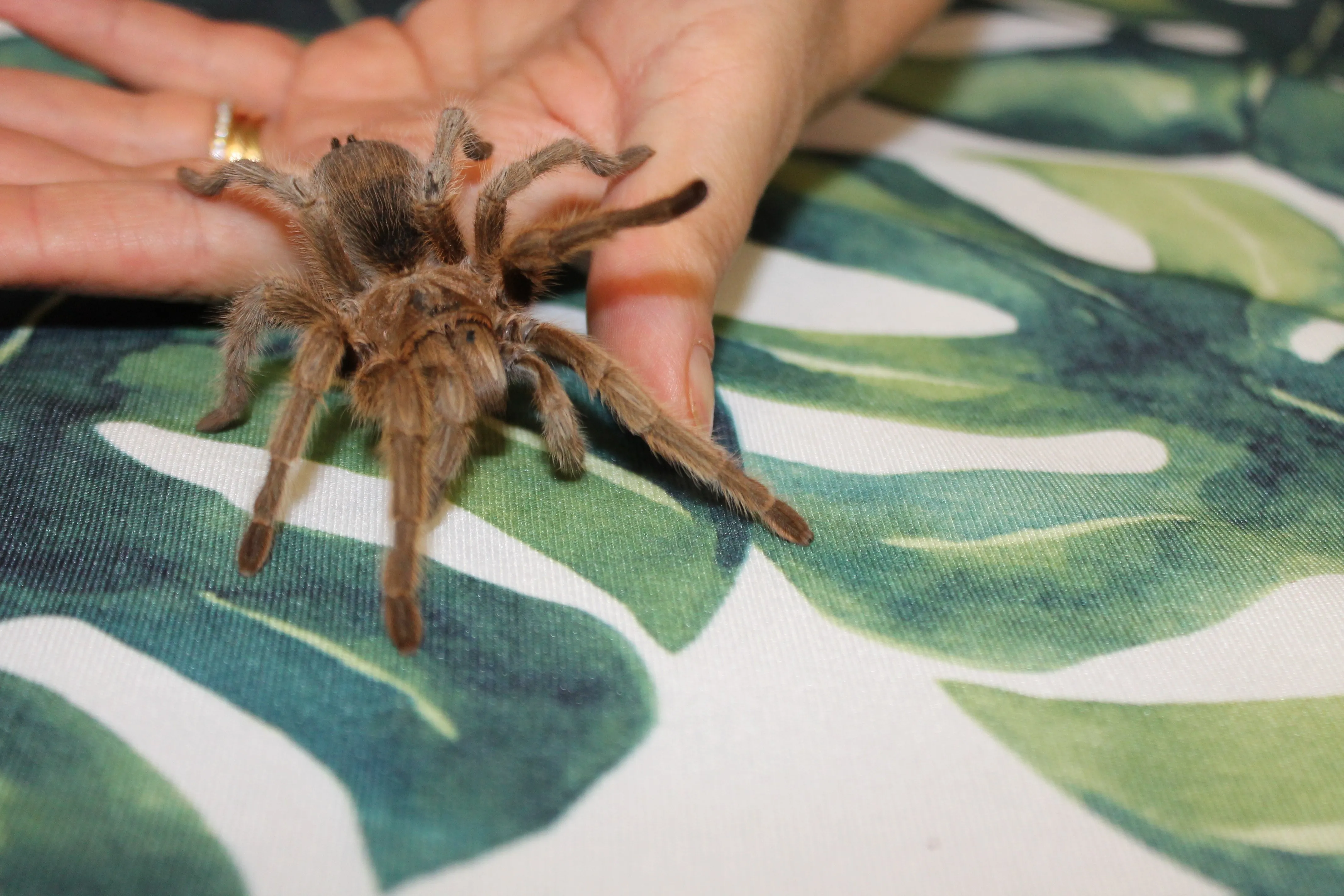
Providing a clean water source is essential for tarantulas. Tarantulas need access to fresh water to stay hydrated. Hydration is crucial for their overall health and for molting. Ensure the water source is clean. Also, that it is easily accessible to the tarantula. Regular monitoring and maintenance of the water source are critical. The water source provides the hydration tarantulas need for proper bodily functions. Always use a clean water source. This is essential for your tarantula’s well-being. Providing water is an often-overlooked aspect of tarantula care. This ensures they have what they need to thrive.
Water Dish and Refills
Provide a shallow water dish in the tarantula’s enclosure. The dish should be stable and easy for the tarantula to access. Use a shallow dish to prevent the tarantula from drowning. Fill the dish with fresh, clean water regularly. Replace the water at least once or twice a week to prevent the growth of bacteria and algae. Monitor the water level. Refill the dish as needed to ensure your tarantula always has access to water. Ensure you clean the dish regularly. This ensures it’s free of debris. The water dish is essential for your tarantula’s health. Proper water dish maintenance will contribute to the well-being of your pet. The water dish helps ensure your tarantula’s hydration, which is crucial for its survival.
Humidity and Misting
Some tarantula species require higher humidity levels. This is especially true for those from tropical environments. Monitor the humidity levels in the enclosure using a hygrometer. Increase humidity by misting the enclosure with water. Do not over-mist, as this can lead to mold growth. The frequency of misting depends on the tarantula species and the humidity in your home. Always research the specific humidity needs of your tarantula species. Misting is usually required for all tarantulas. Many terrestrial tarantulas will appreciate a small moist area for their hydration needs. This helps with molting and respiration. Proper humidity management is crucial for the tarantula’s health and well-being.
Tarantula Handling Safety

Handling tarantulas should be done with caution. While many species are docile, tarantulas can bite if they feel threatened. Their venom is typically not life-threatening to humans, but the bite can be painful. Additionally, many tarantulas have urticating hairs on their abdomen. These hairs can be flicked as a defense mechanism. Exposure to these hairs can cause skin irritation and itching. Handling should be kept to a minimum. Avoid handling your tarantula unless necessary. Always wash your hands before and after handling. Take extra care to handle tarantulas. Always prioritize the safety of both yourself and the tarantula. This will ensure a positive experience for both parties.
Caring for a tarantula is a rewarding experience. By following these five must-know tips, you can provide your tarantula with the care it needs. This will create a safe and comfortable environment. Remember to research the specific needs of your chosen species. Provide proper housing, feeding, and hydration. Practice safe handling techniques. With the right knowledge and dedication, you can enjoy the unique beauty of these fascinating creatures. This ensures both you and your tarantula will thrive. The care you give will be repaid many times over with the enjoyment of these beautiful creatures.
